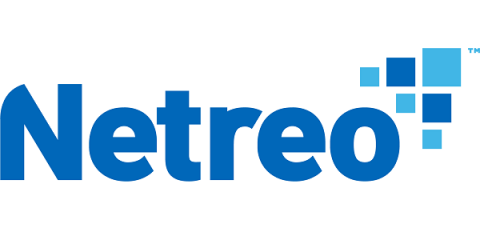Cloud Monitoring Best Practices: 5 to Adopt
An exponential increase in the generation of data led to the rise of the Big Data era. Among other factors, the cost of scaling up businesses to accommodate so much data prompted many businesses to switch to virtual cloud platforms. The cloud can store, organize, and manage all the data and applications for a company in a virtual environment. Monitoring this environment is crucial, because it’s susceptible to cyberthreats, like data breaches.









